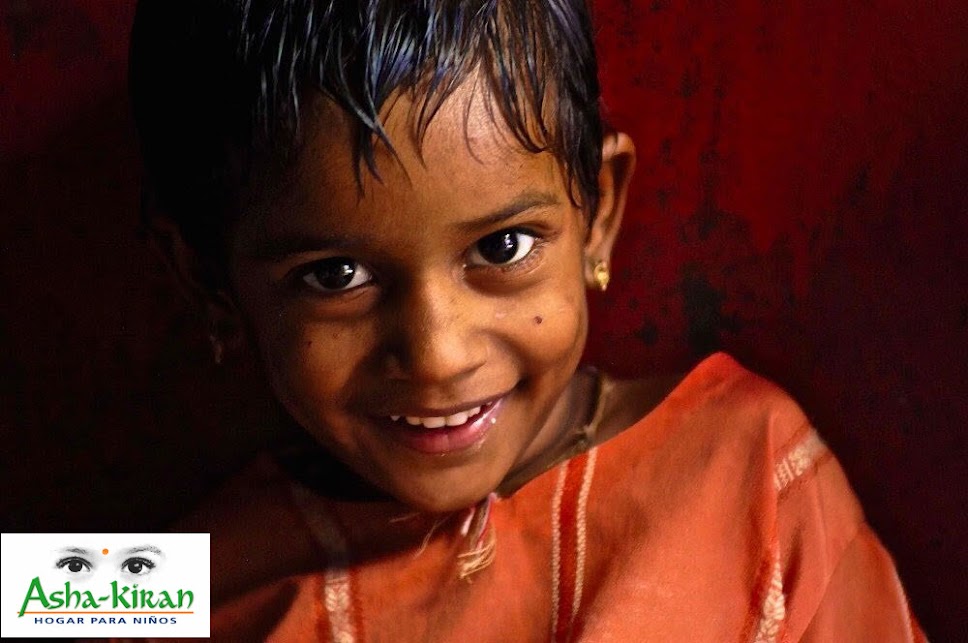
Yashodhara has started an activity designed especially for the older children: writing to and receiving letters from youngsters who live at a Therapeutic Center located in the province of Girona, Spain. The activity was proposed and will be monitored by Silvia Torralvo, Coordinator of Fundación Lethe, and Eshana Alcover, live-in Volunteer at Yashodhara Shelter in Pune. Fundación Lethe is a private, non-profit organization dedicated to the prevention and treatment of personality disorders and crises in teens, and promoting their inclusion in society and the job market.
Yashodhara children were shown pictures of the teenagers, their town and the Therapeutic Center facilities, and were told about the weekly activities and the work being carried out there. Then they got busy writing their letters, asking about their future pen pals’ tastes, friends, school, and inviting them to come to Pune. The children made an effort to write in English, though in a simple way, as their mother tongue is Marathi.

Yashodhara children were shown pictures of the teenagers, their town and the Therapeutic Center facilities, and were told about the weekly activities and the work being carried out there. Then they got busy writing their letters, asking about their future pen pals’ tastes, friends, school, and inviting them to come to Pune. The children made an effort to write in English, though in a simple way, as their mother tongue is Marathi.
This initiative is an attempt to bring teens from Lethe Foundation close to other youngsters who perhaps come from homes with family conditions similar to theirs. We hope that they can all share experiences, hopes and dreams, and that this exchange will bring joy to everyone’s life.



